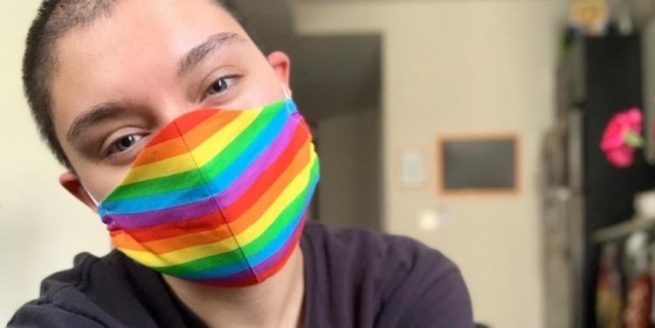This is the first pandemic of the virtual age.
By Patricia Campos in collaboration of B Solorio
Have social networks helped us to overcome it? Or on the contrary, have the fake news depressed us even more? We lived in a world full of information launched by experts and by hoaxes written by know-it-alls that have created more confusion and aided in spreading misinformation.
Social media has become our first source of information, and for that reason it should be controlled to be use in a responsible way. This regulation on social media would prevent harmful events like those happening in the USA. Europeans have a concern from the recent recommendations given by the U. S. President encouraging the ingestion of bleach and the spraying of the body with disinfectant to end COVID-19.
One of the worst outcomes of hoaxes are when they are deliberately done with the intent of manipulating a group of people.
The LGTBQIA community more than anyone knows how damaging hoaxes and fakes news are to us. Every time a homophobic person or group spreads malicious rumors about us, it leaves us with a burden that has negative consequences for ourselves and when we deal with others.
COVID-19 like false news share a problem, they do not have a vaccine at the moment. However, we can mitigate fake news and its effects by cross-referencing sources, disassembling fake news with real events and by not giving them any importance. Furthermore, we have the responsibility to check all news so that we can stop the chain of misinformation.
On the other hand, social networks help share our day to day life with our friends. We all do it differently depending on our culture, our personality and whether we are men or women.
For example: women (apart from teleworking, being responsible for the most of the household chores and taking care of their children), they upload photos playing with the kids or showing their skills as singers or dancers. Men who take care of the few privileges that this pandemic has brought upon us, such as going shopping or going for a walk with the children, hang photos of them doing sports or boasting of challenges they achieve.
Yet others use social networks to emotionally support their community. Many users talk to their neighbors and others communicate with the elderly community who are alone. Others make purchases for those who cannot go out.
There is a part of society that uses networks and apps to work. One example, that is not commonly known, are prostitutes. Women forced into prostitution and who are disenfranchised by governmental institutions. Yes, I said forced because it is either due to a patriarchal society itself or a pimp that has driven them to prostitution.
Confinement measures and social distancing established for half of the world’s population are affecting them disproportionately. Many sex workers opt for sex by videoconference. Many women cannot conduct video conferences because they do not have a checking account or because they do not have access to the internet. They are forced to violate containment measures because they have no other way of subsisting.
To conclude, the LGTBIQ community has found a more inclusive space in social media where we can express ourselves and, like other groups, we are using it for endless purposes. Some use social media to flirt (well, those who can) and hope that one day, not too far in the future, they can kiss without obstacles. Others use social media to come out of the closet.
This can be a bit riskier, as some people may lose followers or become victims of harassment and violence. Or what is even worse, their coming out can negatively influencing their work and personal life. I believe it is necessary for the prominent social networks to position themselves offering guarantees to preserve the rights of all people regardless of their sexual orientation and gender identity.
